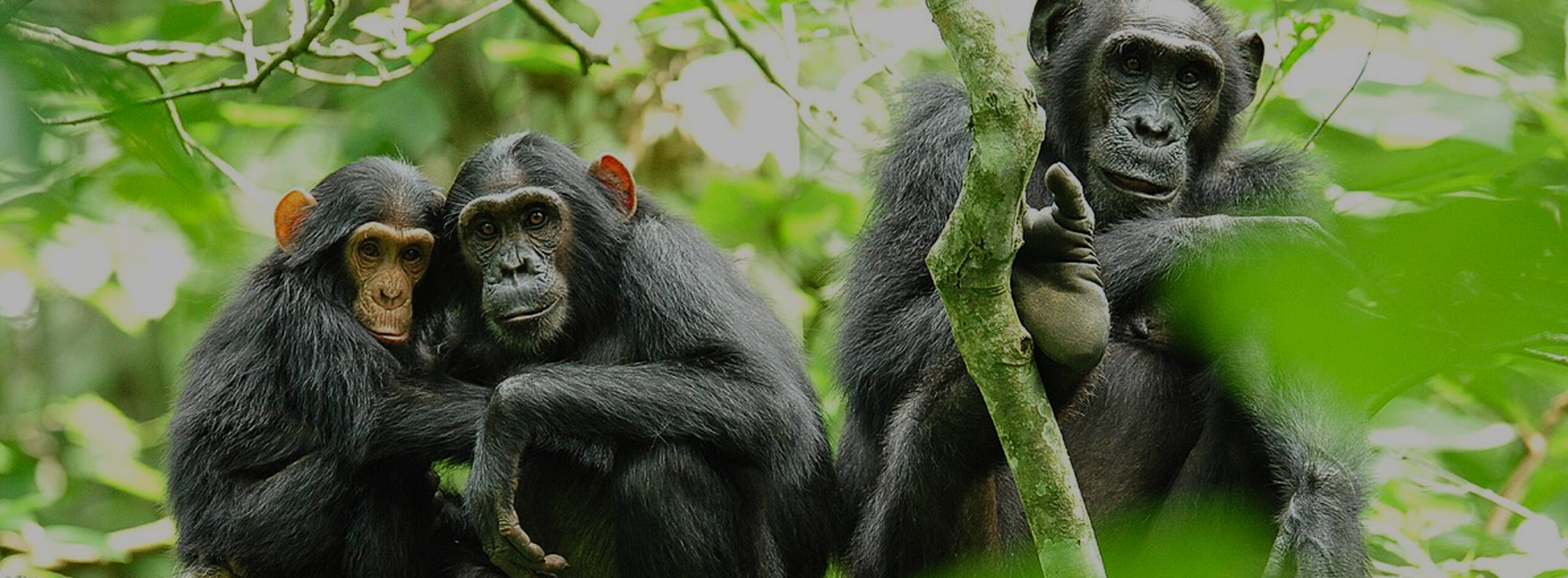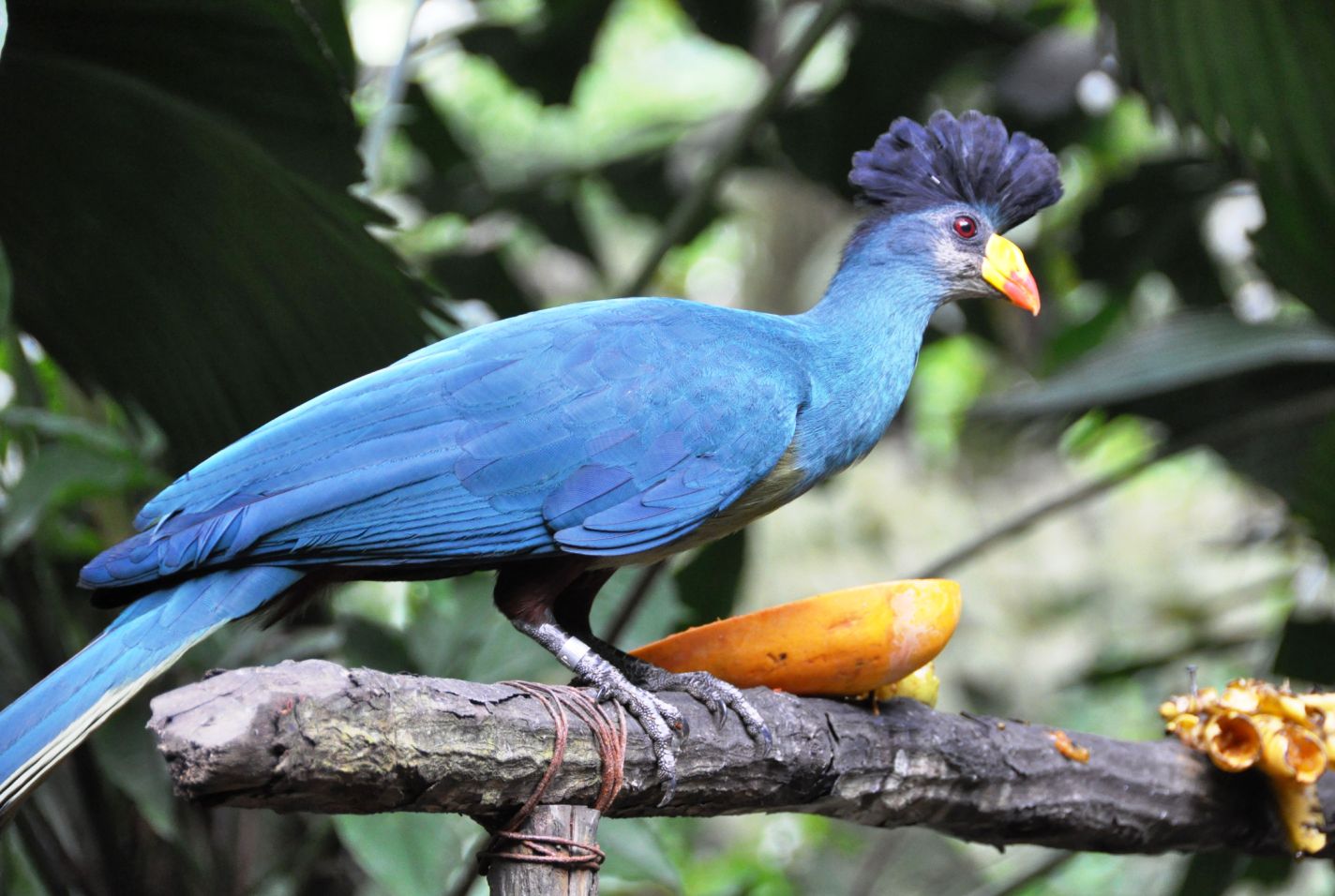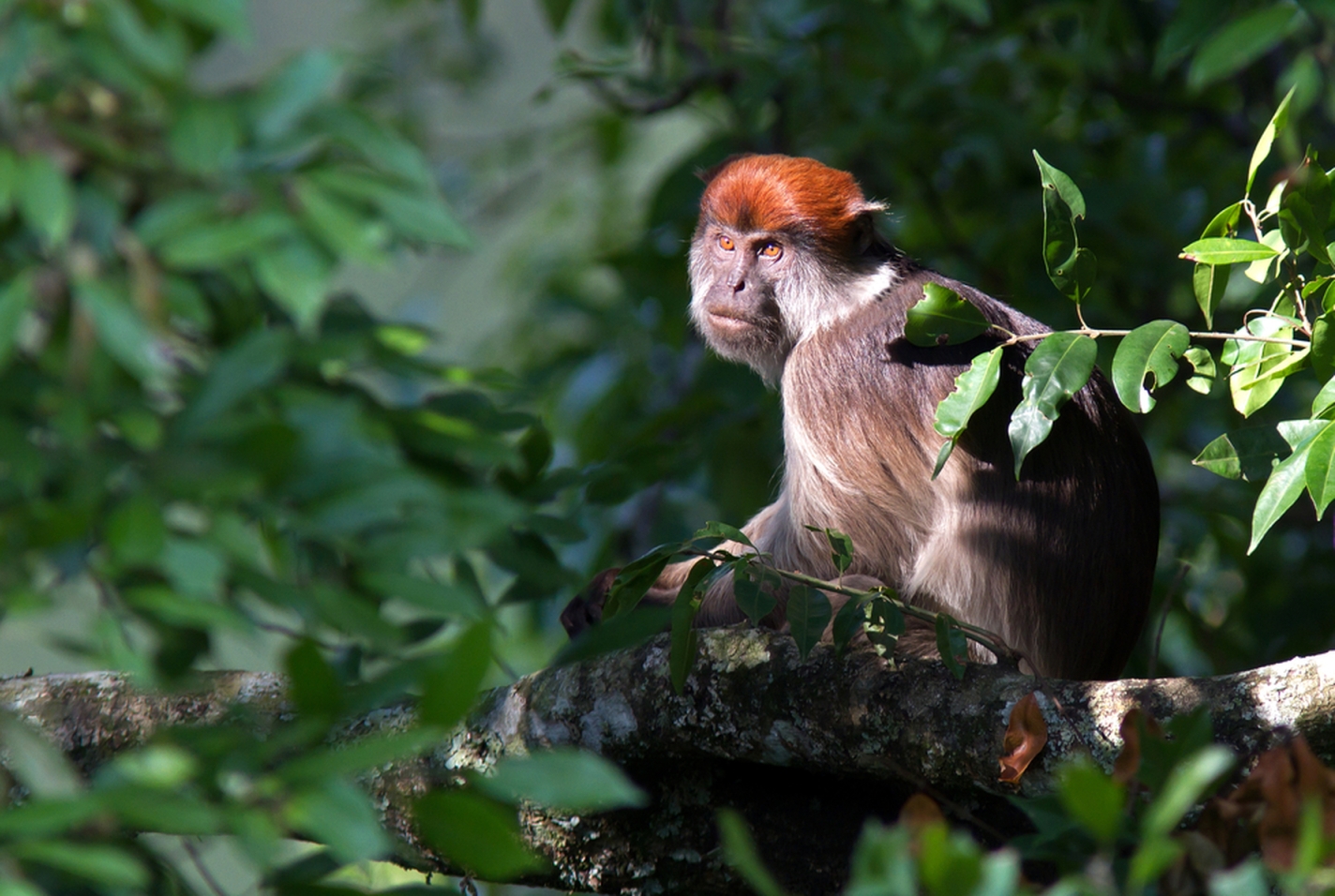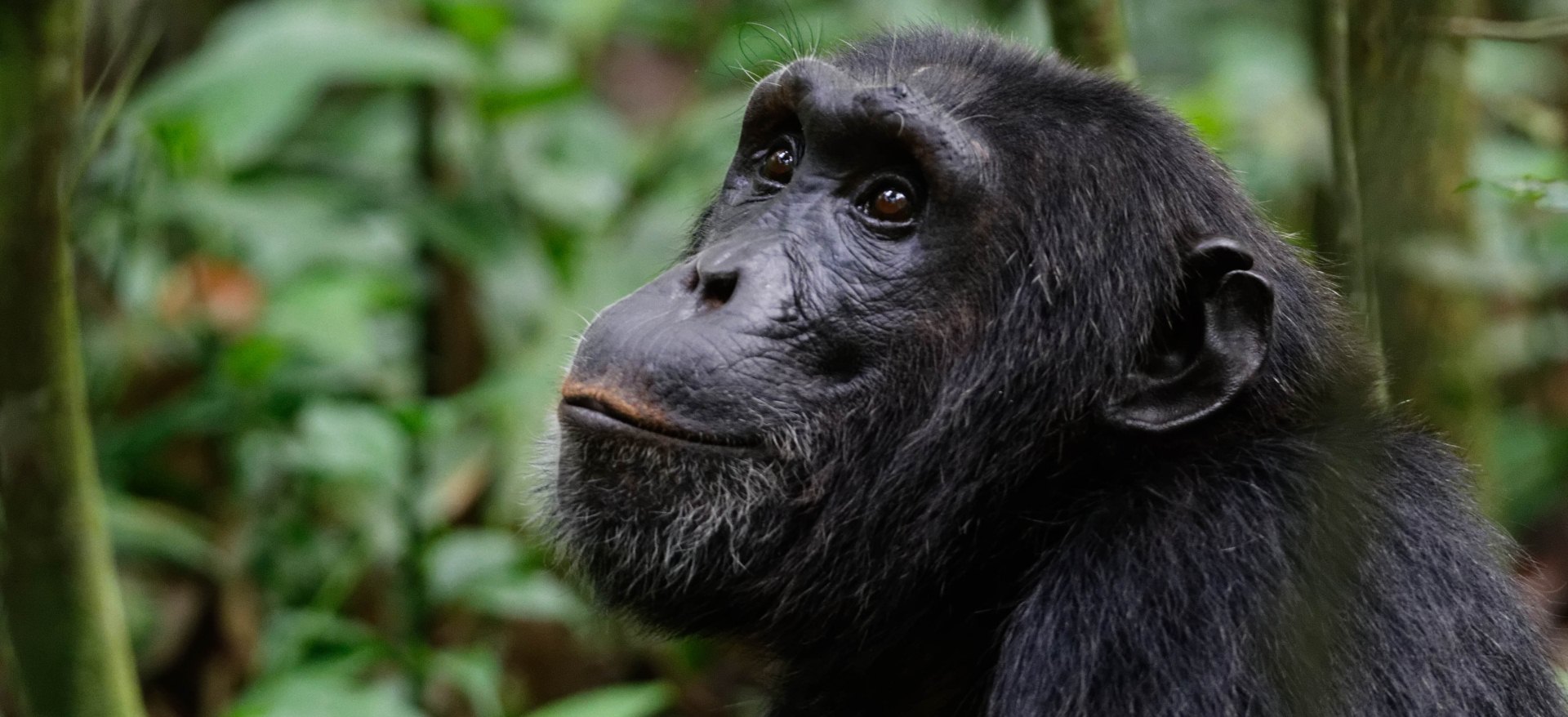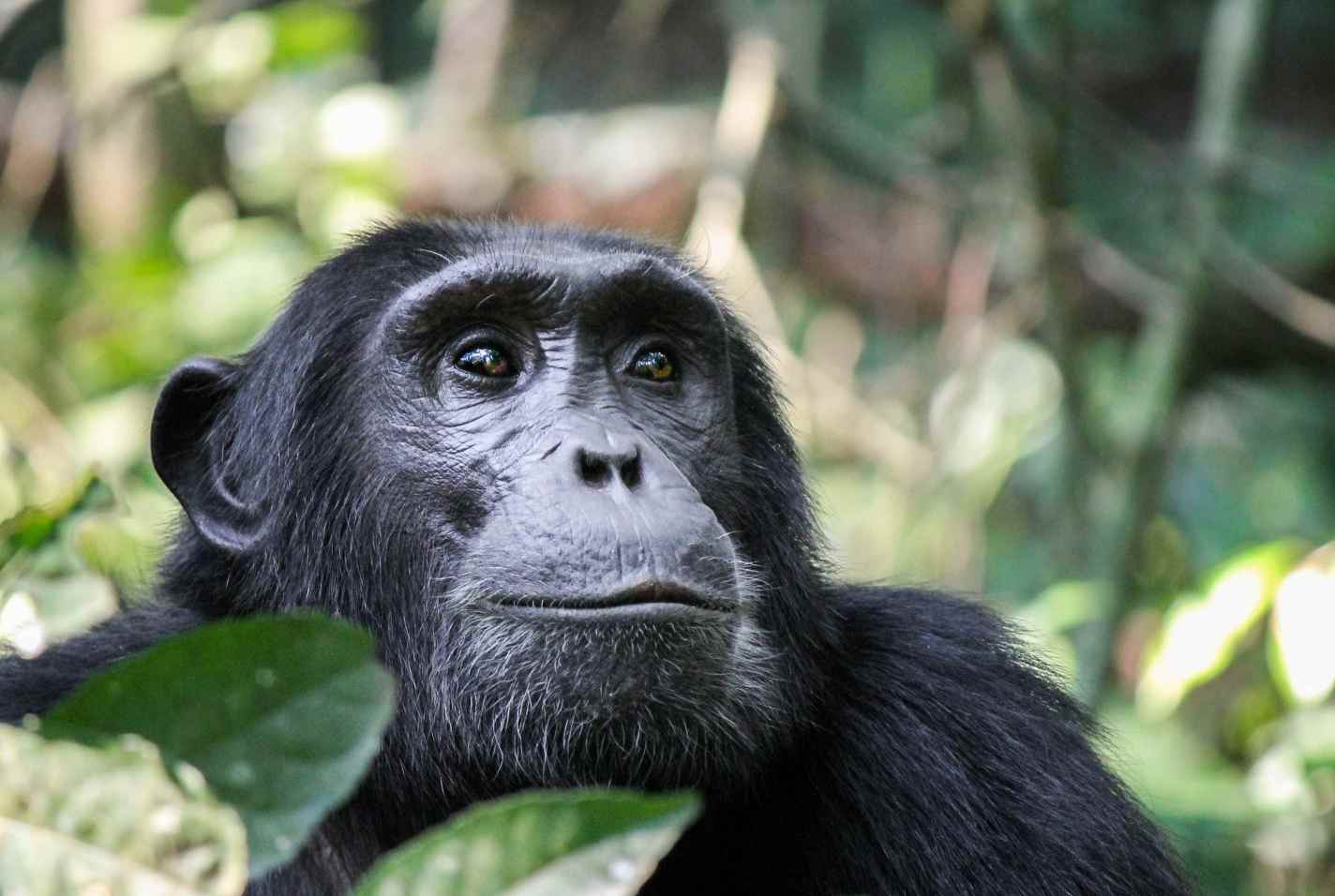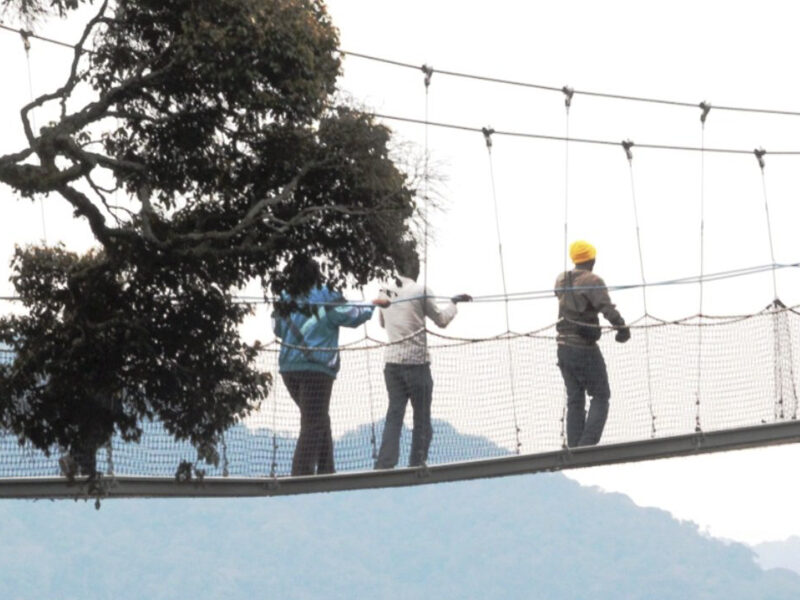4 Days Chimpanzees In Kibale Forest Tour
500$
per personOn this tour, do chimpanzee trekking in Kibale Forest, see various species of birds including the black bee-eater, many species of kingfisher and several falcons, eagles and flamingos, Open-billed Stork, Grey-crowned Crane, Wahlberg’s Eagle, Palm-nut Vulture, Black and White Casqued, Cuckoo Hawk, Bat Hawk, White-faced Scops Owl, African Grey and Brown Parrots, Red-faced Lovebird, among others. Visit Bigodi Wetland that is managed by a local community association called (KAFRED).
Kibale Forest has the highest number of primates in Africa – thirteen species in all, including red, black and white colobus, blue monkeys and baboons and a large number of chimpanzees. A forest walk provides a high possibility of seeing and hearing the vast number of chimps and other primates playing and jumping around through the forest. With over 300 bird species recorded in the forest, Kibale boasts of many rewarding experiences not thought of in some other forests of Africa. An excursion to Bigodi and Magombe wetlands gives the opportunity of seeing the unusual birds, chimps, baboons, monkeys and other primates which live around the swamp. Money paid for Bigodi and Magombe goes directly to the local communities.
-
DepartureThis safari starts and finishes in Entebbe.
-
Departure TimePlease arrive by 9:15 AM for a prompt departure at 9:30 AM.
-
Return TimeApproximately 8:30 PM.
-
Dress CodeCasual. Comfortable athletic clothing, hiking shoes, hat, light jacket.
-
Include
Day 1: Arrival
Day 2: Kibale Forest
Day 3: Chimpanzee tracking!
Day 4: Return and fly out
Tour Location
Kibale Forest has the highest number of primates in Africa – thirteen species in all, including red, black and white colobus, blue monkeys and baboons and a large number of chimpanzees.
History of the Uganda
-
-
Kingdoms:By the 11th century, organized kingdoms like Buganda, Bunyoro, and others emerged, based on agriculture, crafts, and trade.
-
British Influence:British explorers and missionaries arrived in the late 1800s, followed by the establishment of the Uganda Protectorate in 1894. The British expanded control through treaties with other kingdoms, including Toro, Ankole, and Bunyoro.
-
-
Colonial Economy:Commercial production of coffee, cotton, and copper was promoted to support British economic interests.
-
Independence:Uganda gained independence in 1962, with Milton Obote as the first Prime Minister.
-
Political Instability:The early years of independence were marked by political tensions, including the abrogation of the 1962 constitution and the rise of military regimes.
-
Obote and Amin:Prime Minister Obote declared himself President and later faced a coup led by Idi Amin, who ruled from 1971 to 1979.
-
Museveni:Yoweri Museveni, after a period of interim government, came to power in 1986 and remains the current president.
-
Buganda Kingdom:The kingdom of Buganda played a significant role in Uganda's history, initially granting autonomy and then experiencing tensions with the central government.
-
Milton Obote:Uganda's first Prime Minister and later President, Obote was a key figure in the early years of independence.
-
Idi Amin:Amin's military rule was a period of significant human rights abuses and instability.
-
Yoweri Museveni:Museveni's long tenure as President has been marked by efforts to stabilize the country and promote economic development.
-
History of Uganda - WikipediaIn 1894, Uganda became a protectorate of the British Empire, and in 1962, the United Kingdom granted independence to Uganda making...
-
Uganda - WikipediaUganda gained independence in 1962, with Milton Obote as the first prime minister. ... In 1894, the Uganda Protectorate was establ...
-
History of Uganda | Events, People, Dates, Maps, & Facts | Britannica28 Mar 2025 — The early history of Uganda, like much of sub-Saharan Africa, is a saga of movements of small groups of cultivators and...

